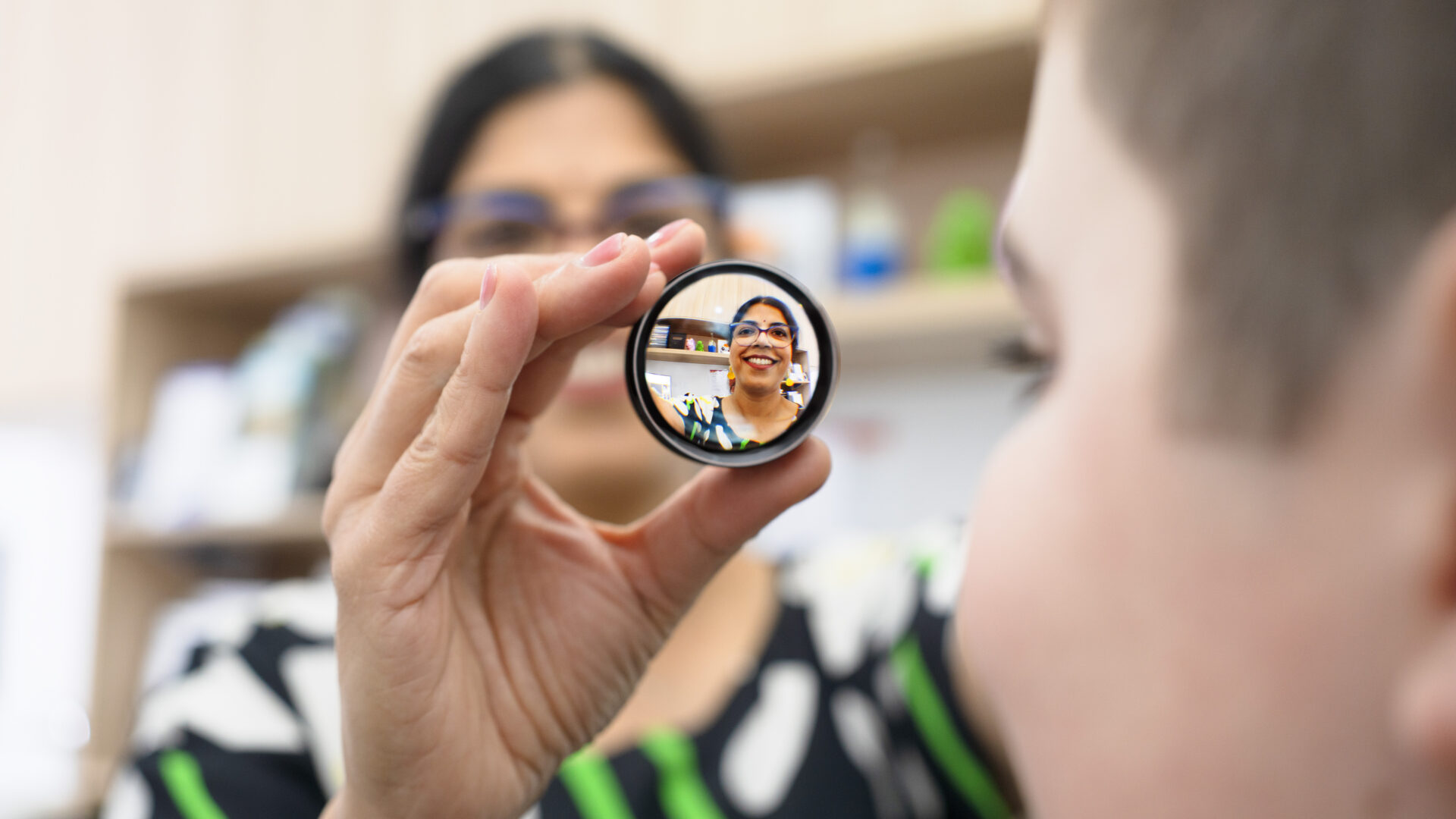We treat your eye conditions with experience and care.
Expert Paediatric Eye Care: Treating a Range of Conditions
Our team of experts specialises in diagnosing and treating a wide range of paediatric eye conditions, ensuring that your child’s visual health is in the best hands. From amblyopia and strabismus to cataracts, genetic eye diseases, and more, we offer comprehensive services tailored to meet the unique needs of young patients. With a compassionate approach, state-of-the-art technology, and a commitment to excellence, we are here to support your child’s vision and overall well-being.
Conditions
The following information is only meant to serve as a rough guide. For more detailed information specific to your condition, please consult Dr Deepa Taranath on your next visit. Click the links below to read more about each conditions.

